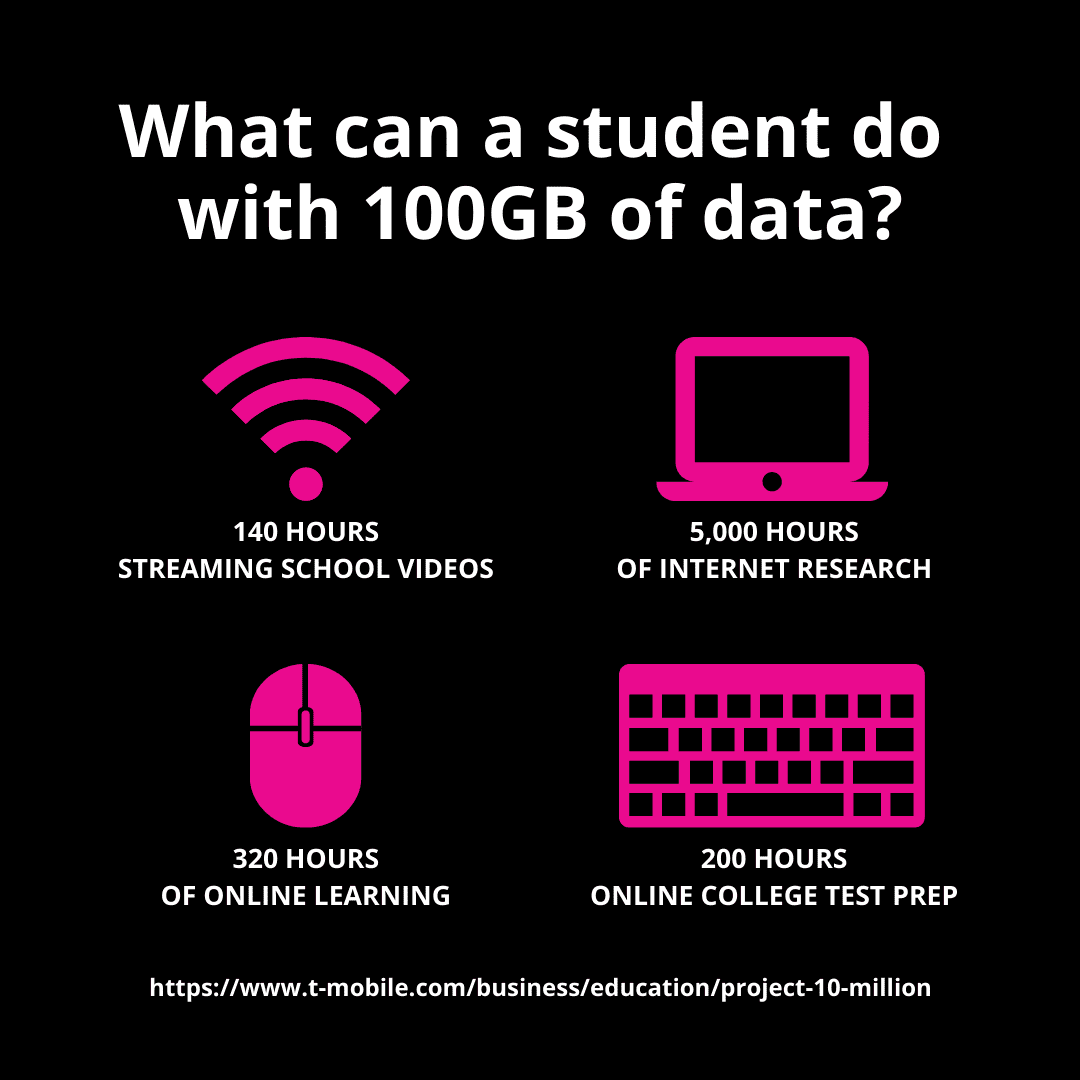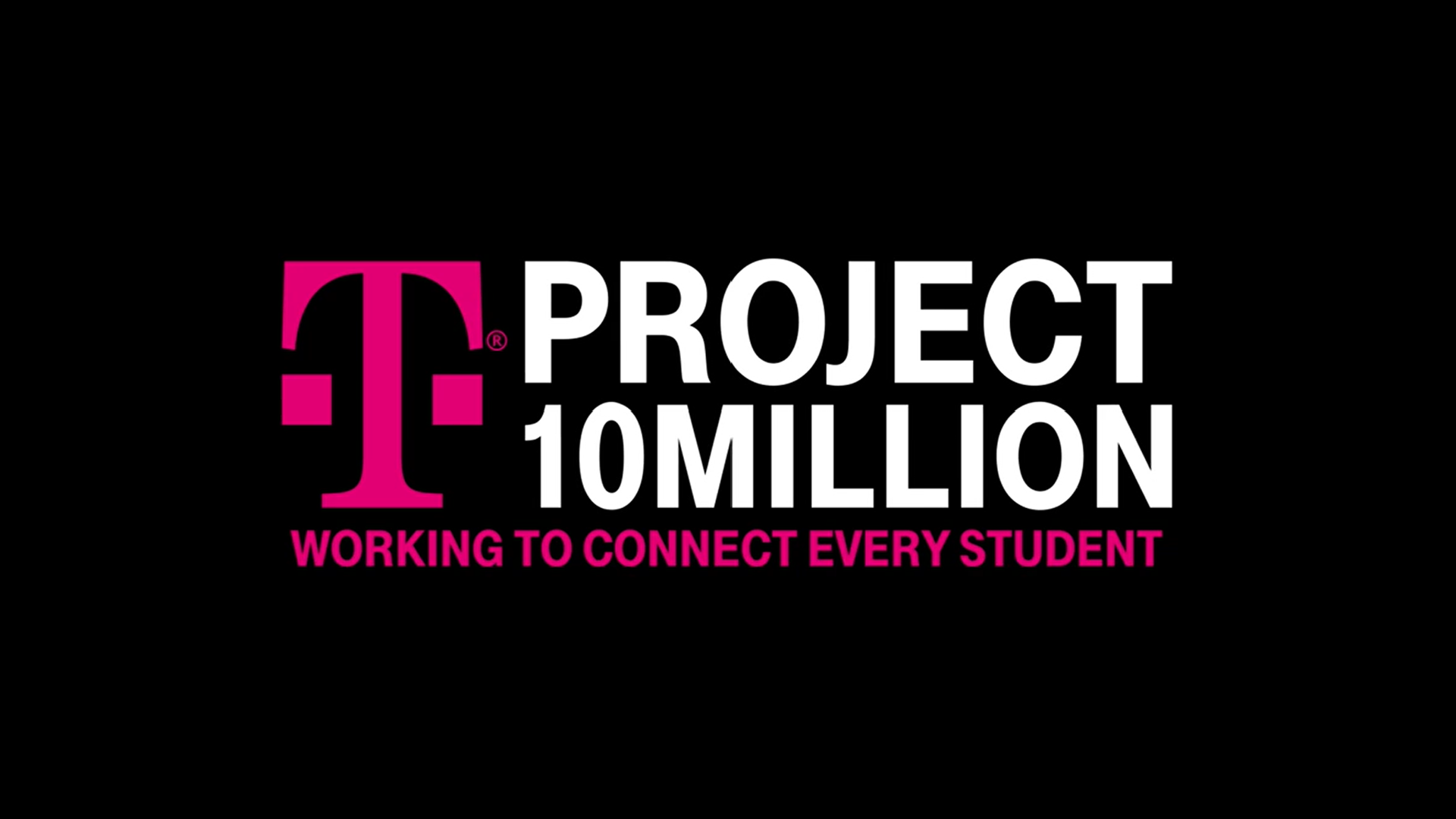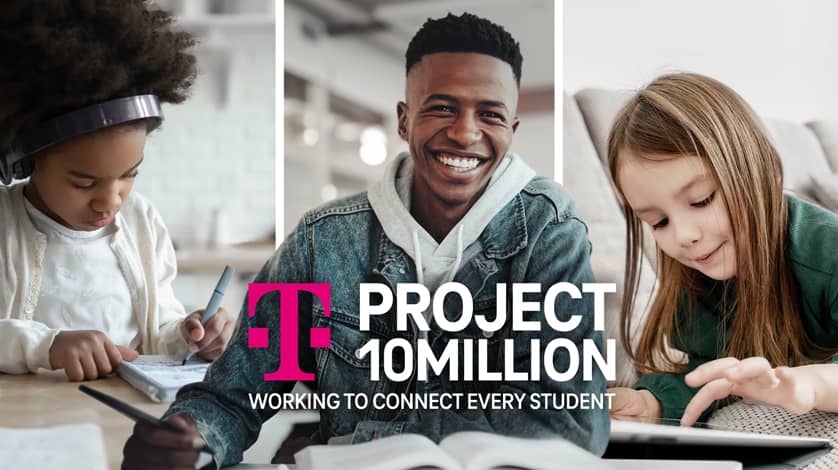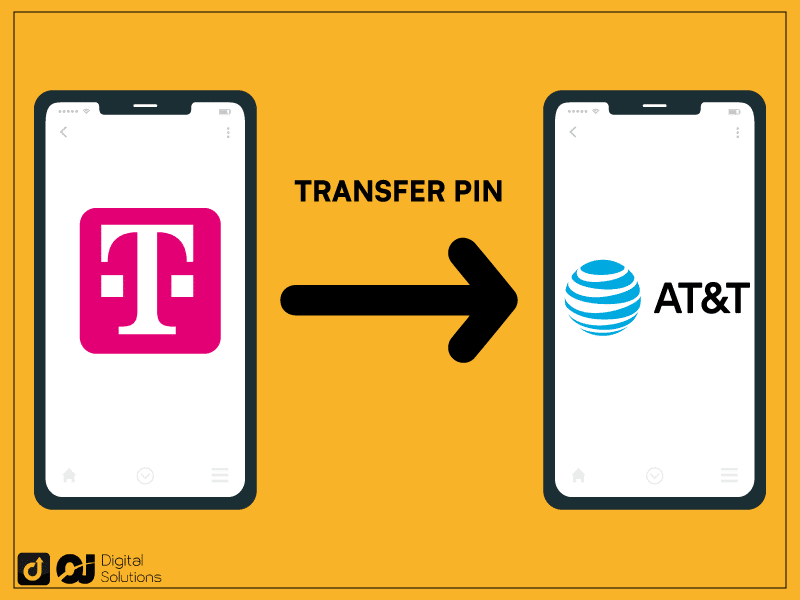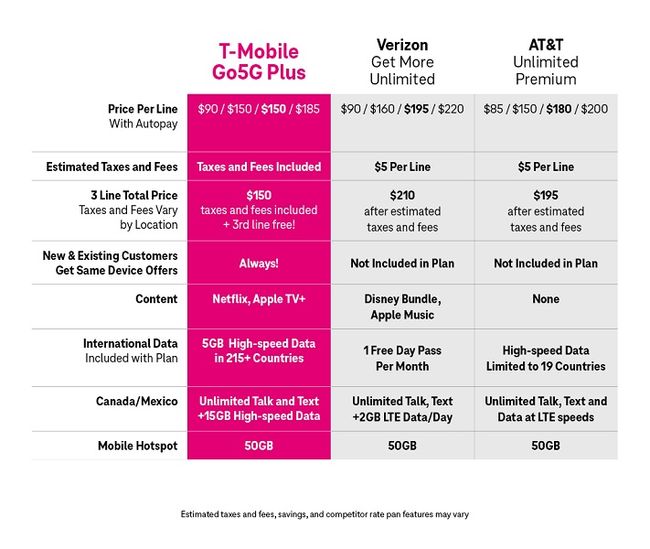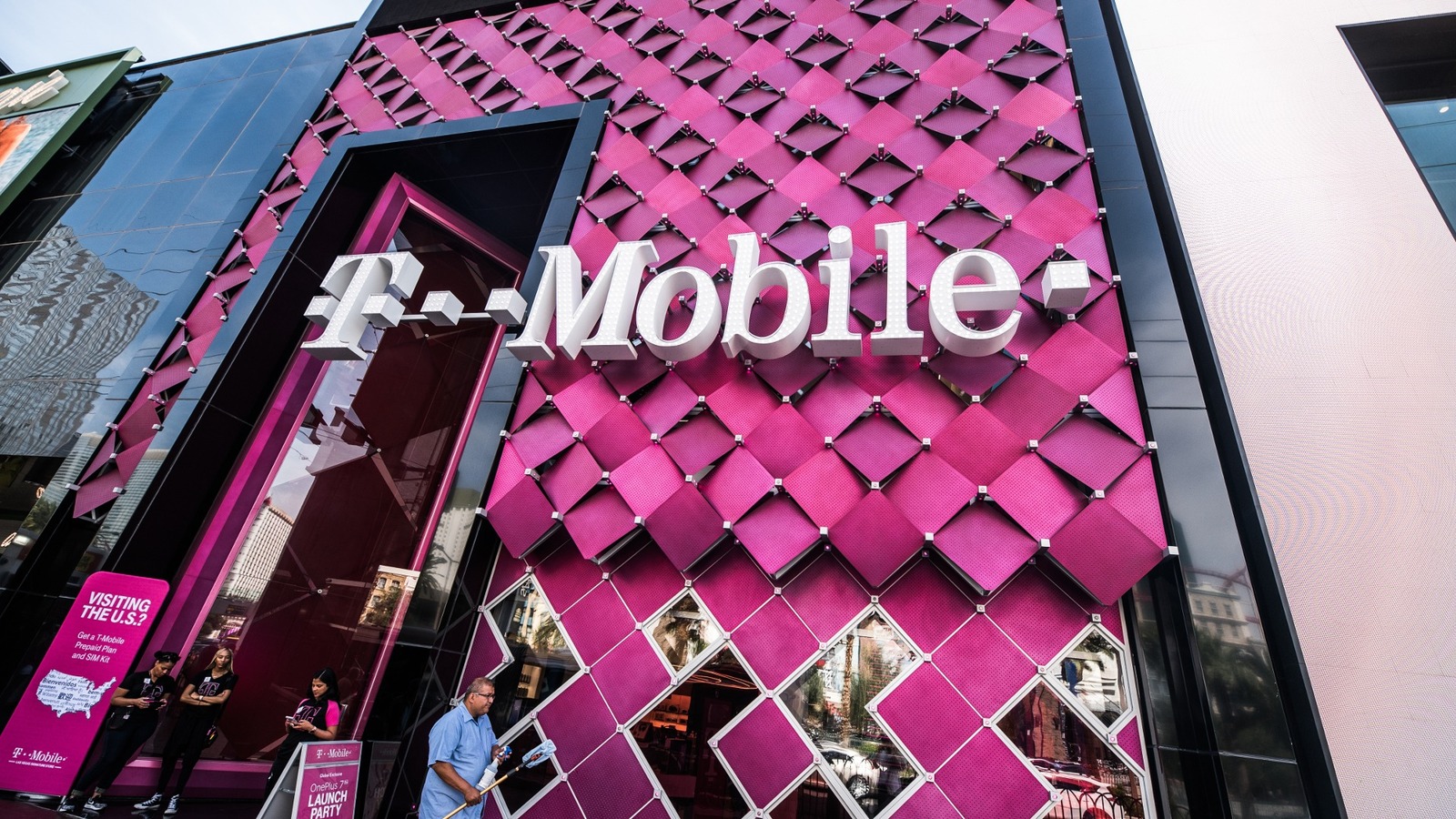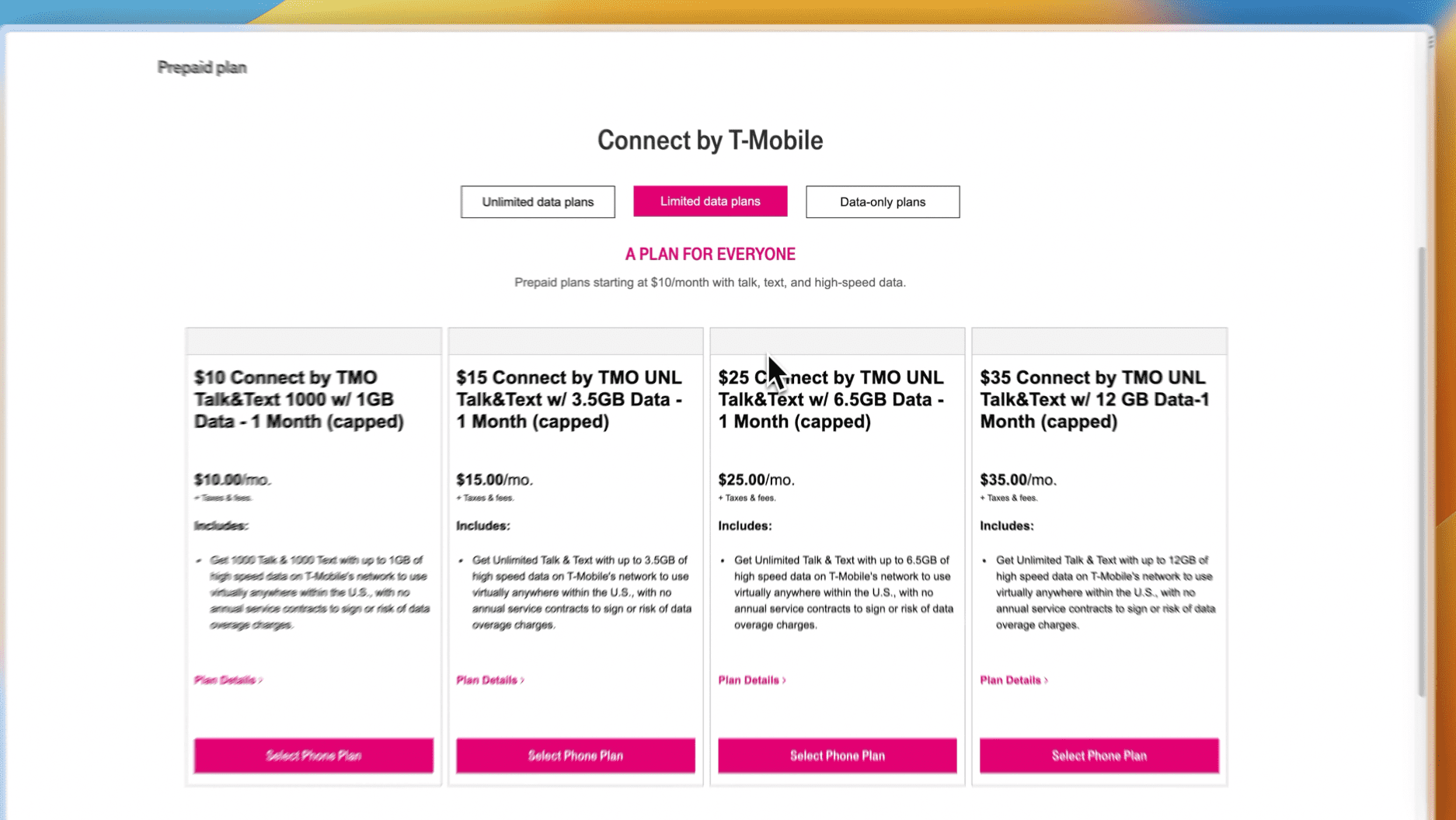T Mobile Com Project 10 Million
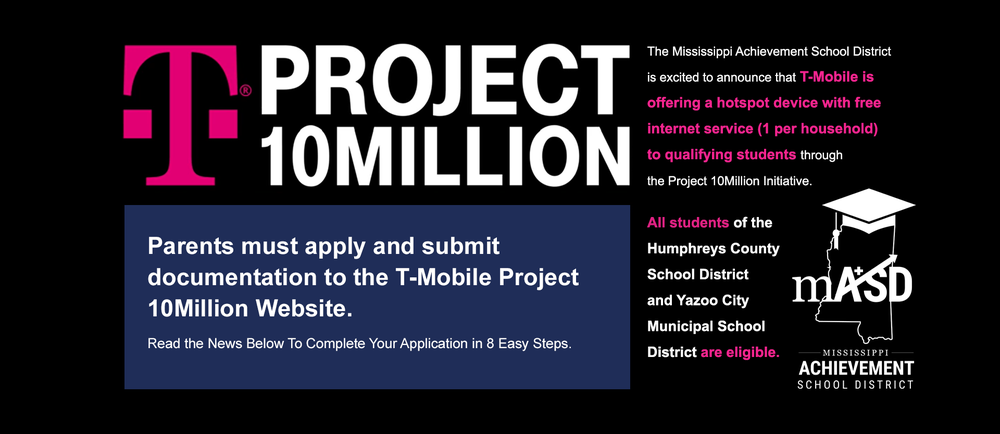
Emergency efforts are underway to bridge the digital divide as T-Mobile's Project 10 Million faces critical challenges in reaching underserved students. The program, designed to provide free internet and devices, is struggling to meet its ambitious goals amidst logistical hurdles and funding uncertainties.
Project 10 Million: A Critical Lifeline Faces Headwinds
Project 10 Million, launched in 2019, promised to deliver internet access and devices to 10 million eligible student households across the US. This initiative aimed to close the homework gap, enabling students to participate fully in remote learning and access vital educational resources.
However, reports indicate the program is falling short of its targets. Millions of students remain unconnected, highlighting the urgent need for improved implementation and expanded support.
The Scope of the Problem
Data from the National Equity Atlas reveals significant disparities in internet access based on race and income. Low-income families and students of color are disproportionately affected by the digital divide, hindering their educational opportunities.
T-Mobile initially pledged $10.7 billion in services, aiming to provide free or heavily subsidized internet access and devices. The program targets households with students eligible for the National School Lunch Program (NSLP).
A recent investigation by The Institute for Public Policy found that complex application processes and limited outreach have hampered enrollment. Many eligible families are unaware of the program or struggle to navigate the requirements.
Challenges in Implementation
Supply chain disruptions have further complicated device distribution. Backorders and shipping delays have left students without essential tools for remote learning.
Language barriers also pose a significant obstacle. Application materials and customer support are not always available in multiple languages, excluding many families from participation.
T-Mobile partners with school districts and non-profit organizations to distribute devices and provide support. These partnerships are crucial, but inconsistent funding and staffing shortages can hinder their effectiveness.
Specific Examples of Impact
In rural areas, lack of broadband infrastructure exacerbates the problem. Even when devices are available, reliable internet access remains a challenge for many families.
Urban districts with high poverty rates also struggle with connectivity. Overcrowded housing and limited resources further complicate efforts to bridge the digital divide.
A survey of teachers in Los Angeles County revealed that many students rely on public Wi-Fi hotspots or mobile data plans for internet access. This creates instability and limits their ability to complete assignments.
Addressing the Shortfall
Advocates are calling for increased funding and streamlined application processes. Simplifying eligibility requirements and expanding outreach efforts are essential to reaching more students.
Collaboration between T-Mobile, government agencies, and community organizations is crucial. A coordinated approach can leverage resources and expertise to address the complex challenges.
Digital inclusion initiatives that provide training and support for families are also needed. Helping parents and students navigate technology can maximize the benefits of internet access.
The Future of Project 10 Million
T-Mobile has announced plans to expand its partnerships and invest in infrastructure improvements. These efforts are essential, but sustained commitment and accountability are crucial for success.
The Federal Communications Commission (FCC) is also exploring ways to address the digital divide. New funding programs and regulatory policies could provide additional support for Project 10 Million and similar initiatives.
The ongoing progress of Project 10 Million will be closely monitored. Continued scrutiny and public pressure are needed to ensure that the program fulfills its promise of providing equitable access to education for all students.
